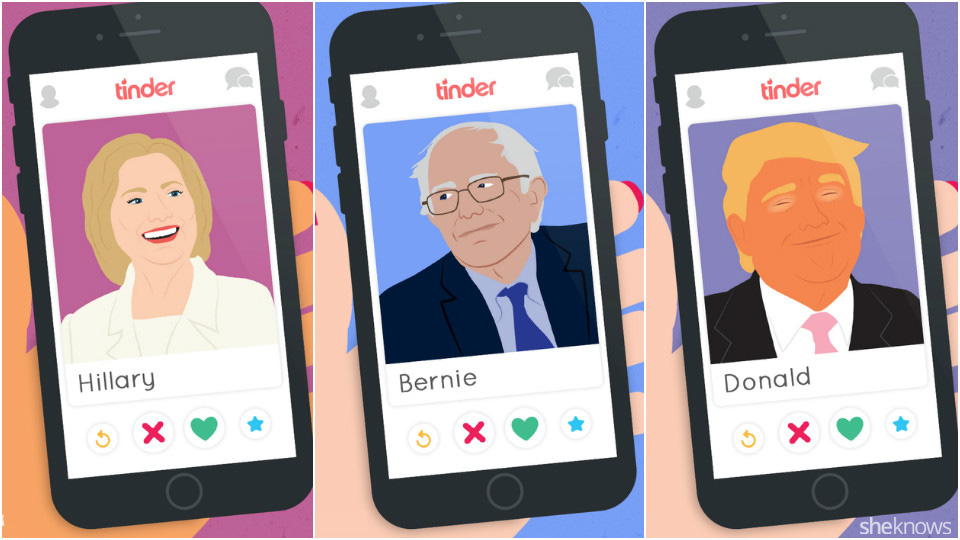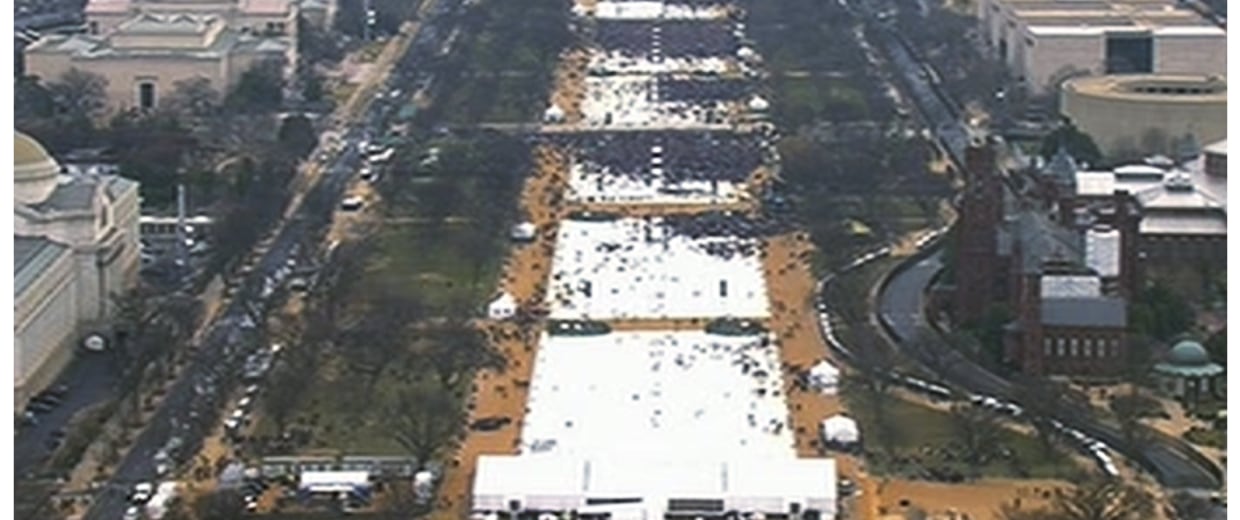
By: Andrew Lacativa
Due to the recent presidential election results, many people have struggled to decide whether or not they should take their investments out of the stock market or keep them in. Before the decision is made to remove your funds from the stock market, you should be aware of a possible flaw in your decision-making. According to New York Times journalist, Neil Irwin, the president has a minimal affect on most of the stock market’s flow (Irwin, 2017). These recent heuristics of American citizens demonstrate the illusory correlation. People often perceive the existence of a relationship between two things as stronger than they really are; sometimes they really have no relationship which is a correlation error (Myers, 2015).
Today, mass numbers of people find hundreds of ways to blame Trump for certain situations because of his current image in our government. A prime example is the Liberals who are consulting with stock market specialists about cashing out or not (Irwin, 2017). People automatically think that every move our president makes will somehow make or break our economy and affect themselves directly. The simple truth is that there isn’t solid evidence that our president has a heavy influence on the stock market. The state of stock prices can either fall or rise, no matter who is in office. Economists can also agree that the president does not have an affect on how fast the stock markets grows as well. To continue, the stock market is constantly breaking down as the years continue, due to many demanding fixes. It does not matter whether our president will be able to handle the economy, because people will continue to invest in big companies which will ultimately affect the stock market regardless. A psychological study performed in 2014 involving political ideologies and the illusory correlation enhances the existing debate whether people actually are influenced more by politics more than we think (Carraro, 2014). The results of the study seem to indicate that an implicit and explicit illusory correlation bias emerged both in the case of liberals and in the case of conservatives, although remarkably stronger in the explicit illusory correlation bias (Carraro, 2014)
References
Carraro, L., Negri, P., Castelli, L., & Pastore, M., Pastore. (2014). Implicit and explicit illusory
correlation as a function of political ideology. Plos One, 9(5), e96312. doi:10.1371/journal.pone.0096312
Irwin, N. (2017, February 13). It’s Probably a Bad Idea to Sell Stocks Because You Fear Trump.
Retrieved February 10, 2017, from
https://www.nytimes.com/2017/02/13/upshot/its-probably-a-bad-idea-to-sell-stocks-because-you-fear-trump.html https://www.google.com/url?sa=i&rct=j&q=&esrc=s&source=images&cd=&cad=rja&uact=8&ved=0ahUKEwj_8rzY-5rSAhXM6yYKHQ6iCVIQjRwIBw&url=https%3A%2F%2Fwww.aol.com%2F2014%2F03%2F05%2Frepublican-democrat-presidents-better-stock-market-performance%2F&bvm=bv.147448319,d.amc&psig=AFQjCNHfwMZcopBMyzempFjIpufpUExxkA&ust=1487552630521758





